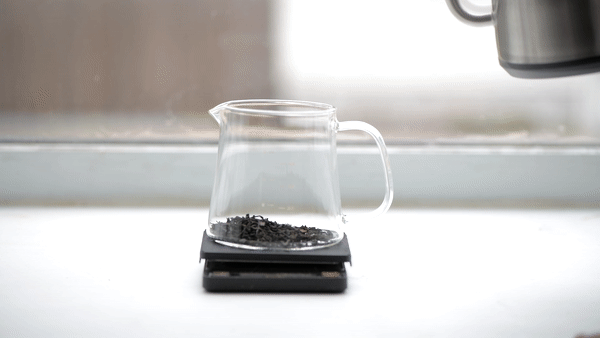Your Cart is Empty
Black Tea FAQs
-
Black tea is fully oxidized, meaning the leaves are exposed to air after rolling until they darken and develop bold, complex flavors. Green tea remains unoxidized, keeping its bright, grassy notes, while oolong tea is only partially oxidized, sitting between the two in both taste and color.
-
A cup of black tea typically contains 40–60 mg of caffeine, depending on the leaf and how it’s brewed. That’s about half the caffeine of coffee, offering steady energy and focus without the crash.
-
Use freshly boiled water (200–212°F) and steep for 3–5 minutes. For lighter teas like Darjeeling or Jin Jun Mei, slightly cooler water and a shorter steep preserve their delicate aromatics. Taste as you go—black tea’s strength is best tuned to you.
-
Black tea spans a wide flavor range: Assam teas are malty and full-bodied, Darjeelings are floral and muscatel, Yunnans lean cocoa-sweet, and Ceylon teas are brisk with citrus lift. Each reflects its region’s climate and craft, making black tea one of the most expressive styles in tea.






